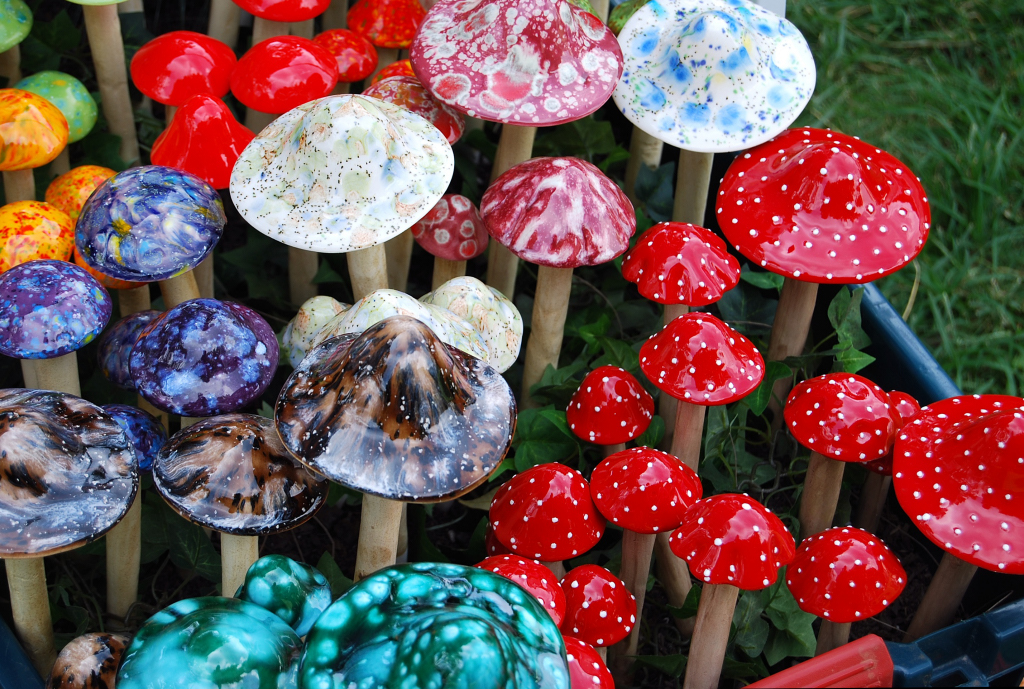
What the heck is it?
I don't want to be responsible for spreading a misconception, but it was brought to my attention that I was incorrect in my conclusion that a mushroom was a plant. I was correct when I said that it was a fungi...but that's about it.
Some mushroom info that I found tonight that matches what I learned in Science class tonight...
The Mushroom
Mushrooms are fungi, and are usually placed in a Kingdom of there own apart from plants and animals. Mushrooms contain no chlorophyll and most are considered saprophytes. That is, they obtain their nutrition from metabolizing non living organic matter. This means they break down and "eat" dead plants, like your compost pile does.
The body of the mushroom stores nutrients and other essential compounds, and when enough material is stored and the conditions are right they start to fruit - produce mushrooms. It is a hidden kingdom. The part of the fungus that we see is only the “fruit” of the organism. The living body of the fungus is a mycelium made out of a web of tiny filaments called hyphae. The mycelium is usually hidden in the soil, in wood, or another food source. A mycelium may fill a single ant, or cover many acres. The branching hyphae can add over a half mile (1 km) of total length to the mycelium each day. These webs live unseen until they develop mushrooms, puffballs, truffles, brackets, cups, “birds nests,” “corals” or other fruiting bodies. If the mycelium produces microscopic fruiting bodies, people may never notice the fungus.
Most fungi build their cell walls out of chitin. This is the same material as the hard outer shells of insects and other arthropods. Plants do not make chitin.
Fungi feed by absorbing nutrients from the organic material in which they live. Fungi do not have stomachs. They must digest their food before it can pass through the cell wall into the hyphae. Hyphae secrete acids and enzymes that break the surrounding organic material down into simple molecules they can easily absorb - this is composting. http://www.gmushrooms.com/info.htm
These are pretty amazing looking!

I guess I should point out that the last picture isn't of real mushrooms.
ReplyDelete